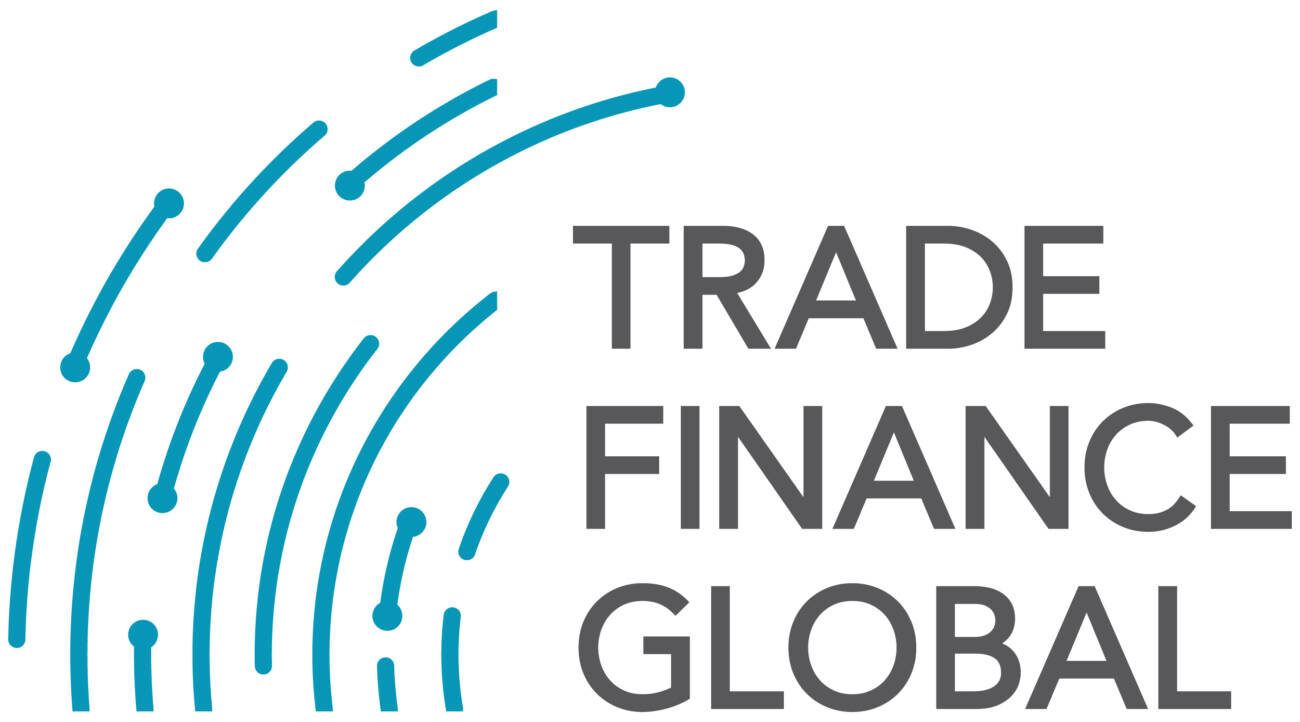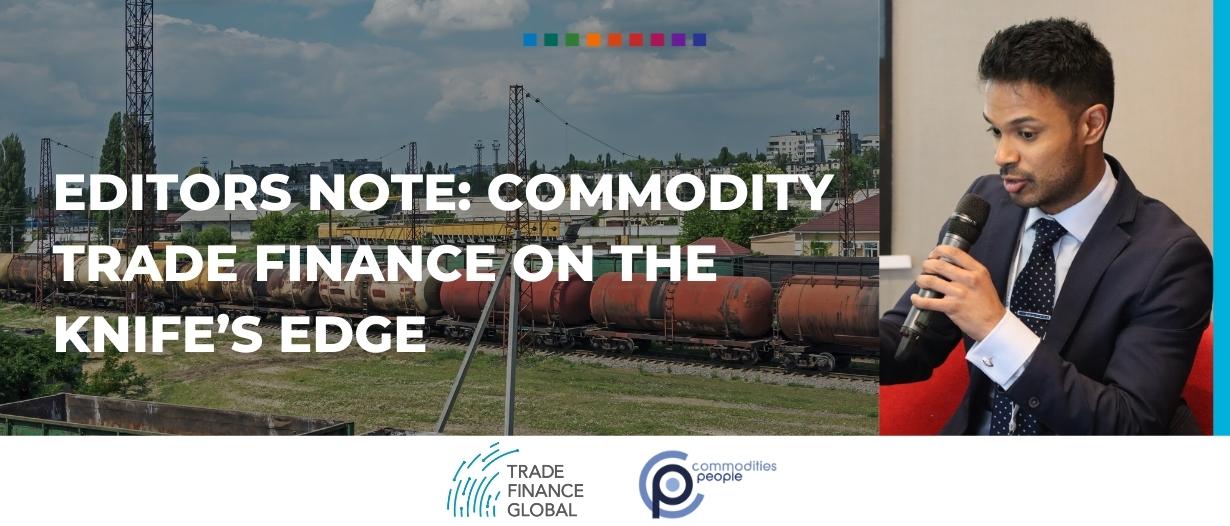Commodity Trading Week (CTW) kicked off on April 26 in London with a new stream focusing exclusively on commodity trade finance.
The global commodity trade finance landscape has never been more interesting than it is today with several major themes permeating the discussions throughout the event.
In light of this event, I took a dive in to examine several of the key topics that frame the rapidly changing global trade environment.
Russia-Ukraine conflict
Firstly, the Russia-Ukraine conflict is shaking the world.
This is a devastating humanitarian crisis that has torn so many lives apart in just a few months.
The conflict has caused so many to suffer and our first and foremost concern when discussing it should be human life.
That being said, the conflict and ensuing sanctions have also had a huge impact on global commodity markets.
Together, the two countries supply more than one-quarter of the world’s wheat, with the conflict threatening food shortages
Experts at London’s Commodity Trading Week 2022 highlighted that the world has 90 days until the threat of a global food crisis could manifest.
Russia is also the world’s 3rd largest oil producer and with global sanctions against the country increasing by the week, it now looks like we’ll be settling at $100 crude for 2022, with its global benchmark Brent up 40% from the 2021 average.
Macroeconomic situation
To fully understand commodity trade finance as it stands today it is critical to also understand the broader macroeconomic situation.
Trade flows have slowly rebounded, almost to pre-pandemic levels according to the World Trade Organization (WTO), although many experts argue that this growth can be attributed more to rising prices for commodities like oil, coffee, wheat and liquid natural gas (LNG), rather than actual volume increases.
The International Monetary Fund (IMF) estimates that global economic growth forecasts will decline by 0.5 percentage points if current commodity prices remain at these hyper-elevated levels.
The commodities rollercoaster has also been hit by soaring levels of inflation in the post-pandemic environment and nearly half of attendees at CTW 2022 believe that the current supercycle will last 2 years or more.
This is, in part, due to unprecedented levels of financial support from governments, but also due to the high cost of manufactured goods and soaring wages, which have left producers and traders scrambling for liquidity.
Supply chain disruptions from the pandemic and the conflict in Ukraine are causing many firms to reduce their reliance on globalised supply chains, preferring instead to focus on a handful of nearby spheres of influence and trading blocs.
The anti-globalisation rhetoric and narrative around prospering via regional trade blocs are quite scary, and there is lots of commentary suggesting that splitting the world up into three or four trading blocs will make the world a poorer place.
Digitalisation
The next major theme in commodity trade finance is digitalisation.
This shift to digital trade will evoke the entire rethinking of trade and supply chains, as well as financing mechanisms to make trade and trade finance easier.
With 28.5 billion paper documents generated each year from global trade, there’s so much work to be done to connect the dots and make trade finance a one-click process.
Innovative technological tools and platforms are revolutionising the way that trade is conducted but bring in a host of new challenges that we must contend with.
Interoperability concerns, legal challenges, and (still) a lack of standardisation are a few of these.
Hopefully, with the help of real regulatory reform such as the adoption of UNCITRAL MLETR into English law, as well as robust partnerships, we will be able to put these issues behind us and enjoy the full promise of trade digitalisation.
Access to commodity trade finance
Another important theme in the current climate is access to commodity trade finance.
Banks have reduced their risk appetite into commodity finance following colossal frauds in Dubai and Singapore over the past three years.
This is a trend that started even before the pandemic.
Operating in this low margin, high volume environment once seemed profitable and lucrative.
There’s also the somewhat tarnished reputation following the collapse of Greensill Capital in the United Kingdom and Australia.
Coupled with competition from the cheap debt issued by local governments to help businesses cope with the pandemic, and sovereign and counterparty risk perception remaining high in developing countries, the global trade finance gap has heightened to $1.7 trillion.
And that data came in just at the start of the pandemic, it is very likely that today the gap is far far larger.
Sustainability
Next up is the topic of sustainability and how to transition to a more sustainable future for trade finance.
There is empirical evidence that the global community is running out of time to drastically cut back on our collective carbon emissions to protect our planet.
We’re almost past the point of no return according to the recent COP26 paper.
The environment is a hugely important issue, however, sometimes the last two letters from the acronym ESG get forgotten.
To enact real and lasting change – we need to make sure we also dedicate enough effort to the social and the governance aspects.
Fighting financial crime
Finally, there is fighting financial crime.
Some say the pandemic seems to have increased fraud while others say it has shone a light on, and exposed underlying issues we have always had.
With the advent of many digitalisation initiatives and consumer behaviour leading to more and more companies transacting online, cyber security is becoming ever more critical, even in the commodities space.

